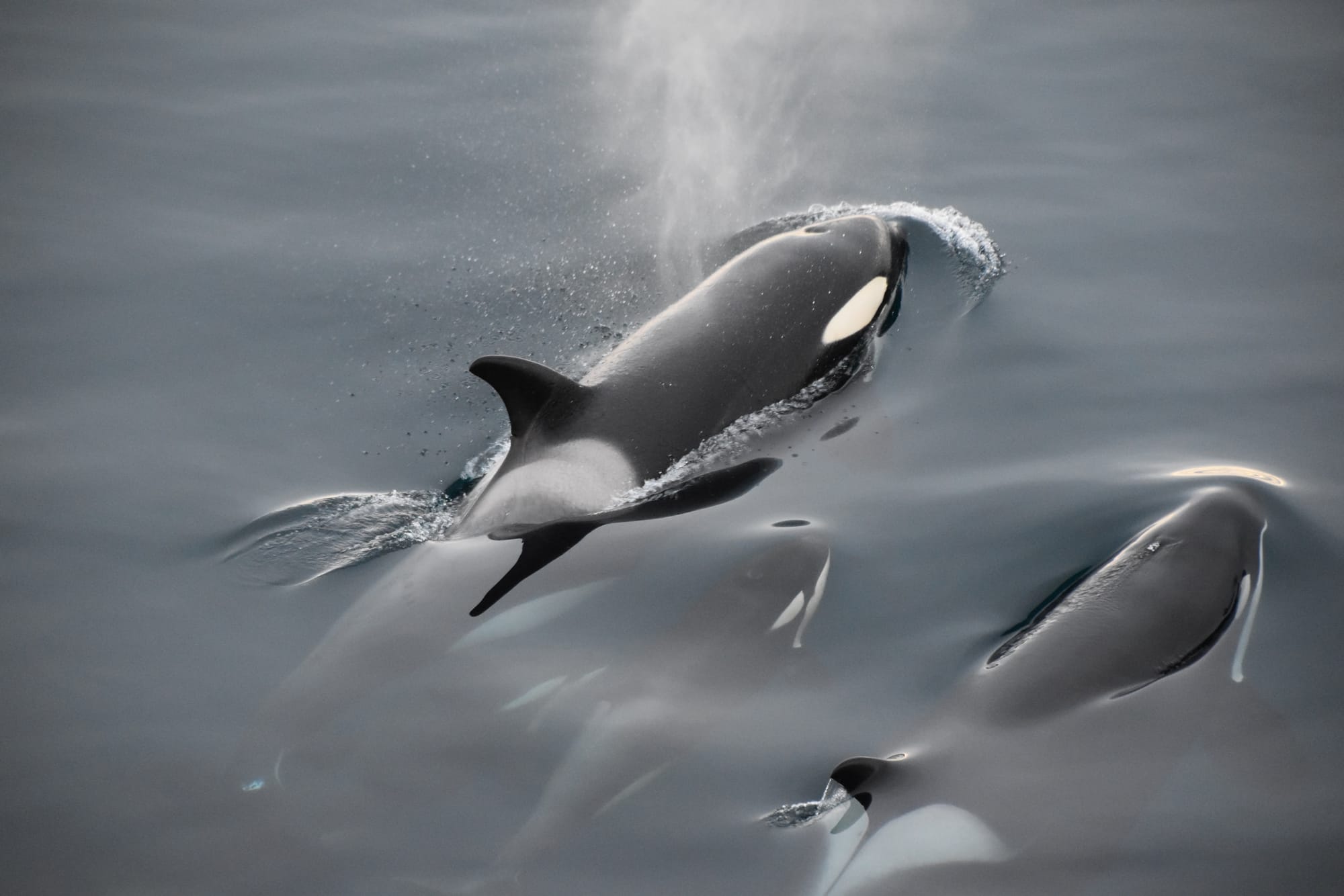Why SeaWorld is not the Right Place for Orca Whales

We can all agree that quarantine over the past few months has taken a toll on us, but if you were an orca whale at SeaWorld, this would be your (uncommonly short) life. Being cooped up in your house is nothing compared to going from having the ocean to swim in, to having a 350-foot tank. Not being able to see your family and friends these days? Try being stolen away at an early age, or worse, tricked away from your own mother.
SeaWorld is not the right place for these majestic creatures. As Jacques Yves Cousteau once said, “No aquarium, no tank in a marine land, however spacious it may be, can begin to duplicate the conditions of the sea.” Orcas can dive up to 1,000 feet in the wild but at SeaWorld the tanks are a meager 36 feet deep. The orcas are getting hurt because of these tanks too. Collapsed dorsal fins are one of the many harmful things about these tanks. A theory explaining collapsed dorsal fins is that in the wild, orcas are swimming in a straight line all day. The pressure of the water keeps the dorsal fin’s tissue healthy. When the orcas are in captivity, the orcas are not getting the pressure of the water or the exercise, so the tissue is unhealthy, and it collapses. Another theory is that the diet the orcas have is not good and the tissue is malnourished, and it collapses because of that.
At SeaWorld, orcas are stolen, tricked, and captured just to put on a show. According to SeaWorld’s curator of zoological operations, Chuck Tompkins, “We've never moved a calf from a mom. ... A calf is an animal young enough who is still dependent on the mom, still nursing with the mom, and still requires the mom's leadership …” Chuck Tompkins also says, “We think they're probably dependent [at] 4 to 5 years. After that, they start to gain their independence …" Even if SeaWorld worked by that logic, they would have been lying because they have separated 6 3-year-old orcas from their mothers which contradicts what Chuck Tompkins is saying. The Merriam-Webster Dictionary defines a calf as “the young of various large animals (such as the elephant or whale)”. There is no expiration date on that definition. You don’t graduate being somebody’s child. What SeaWorld doesn’t consider is that, yes, the orca calf might not need its mother to survive, but it still needs a friend, a family member, someone it recognizes, to live.
The average lifespan for orcas in the wild is 30-50 years and the maximum lifespan or orcas is 80-100 years for females, and for male orcas, 60-70 years. At SeaWorld, it is 13 years. When an orca could live to 100 years old in a beautiful ocean with their family, their life is painful, short, and spent in concrete tanks.
From short, unhappy lives, to being torn away from their family, SeaWorld is just not the right place for these animals.



